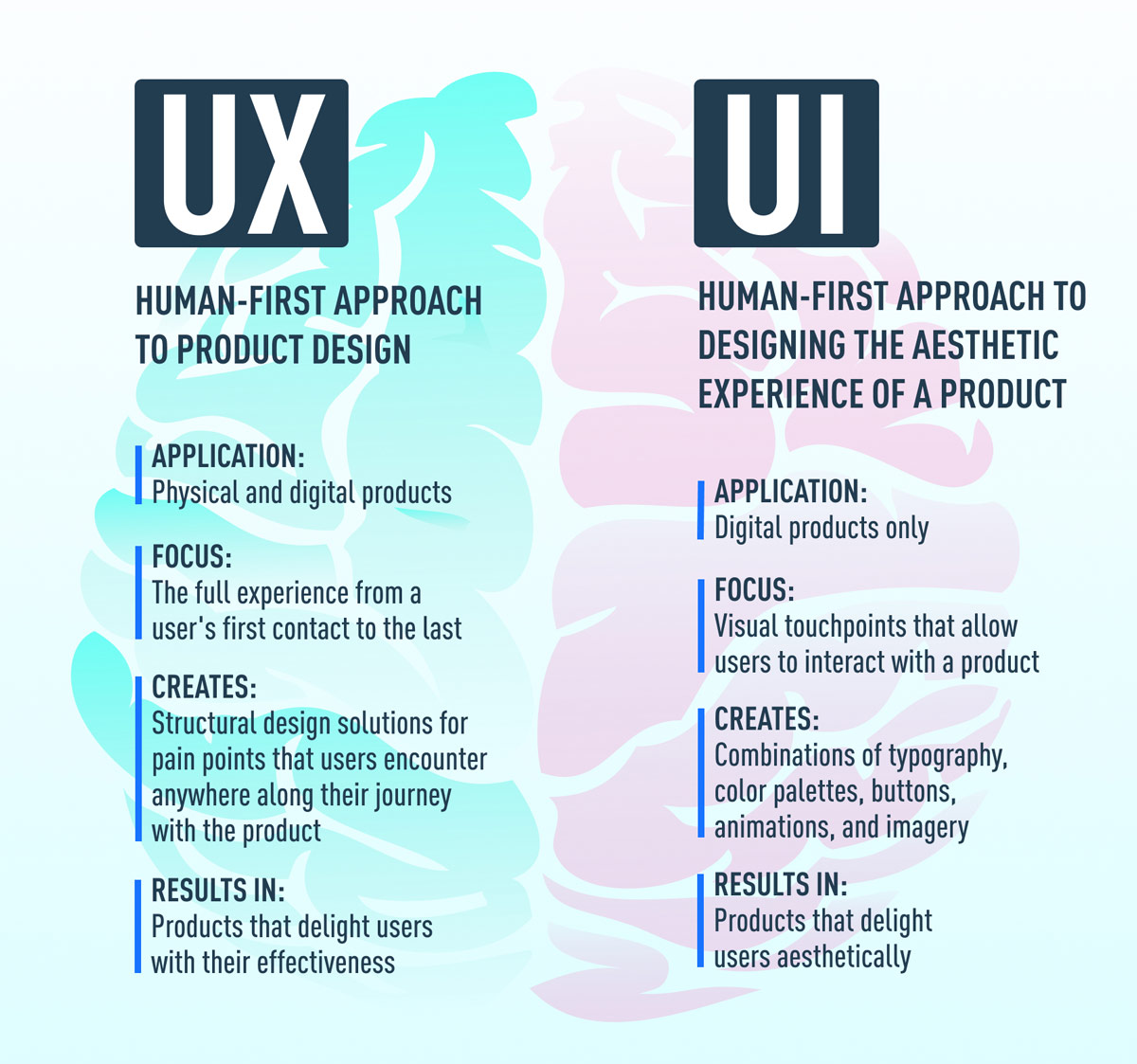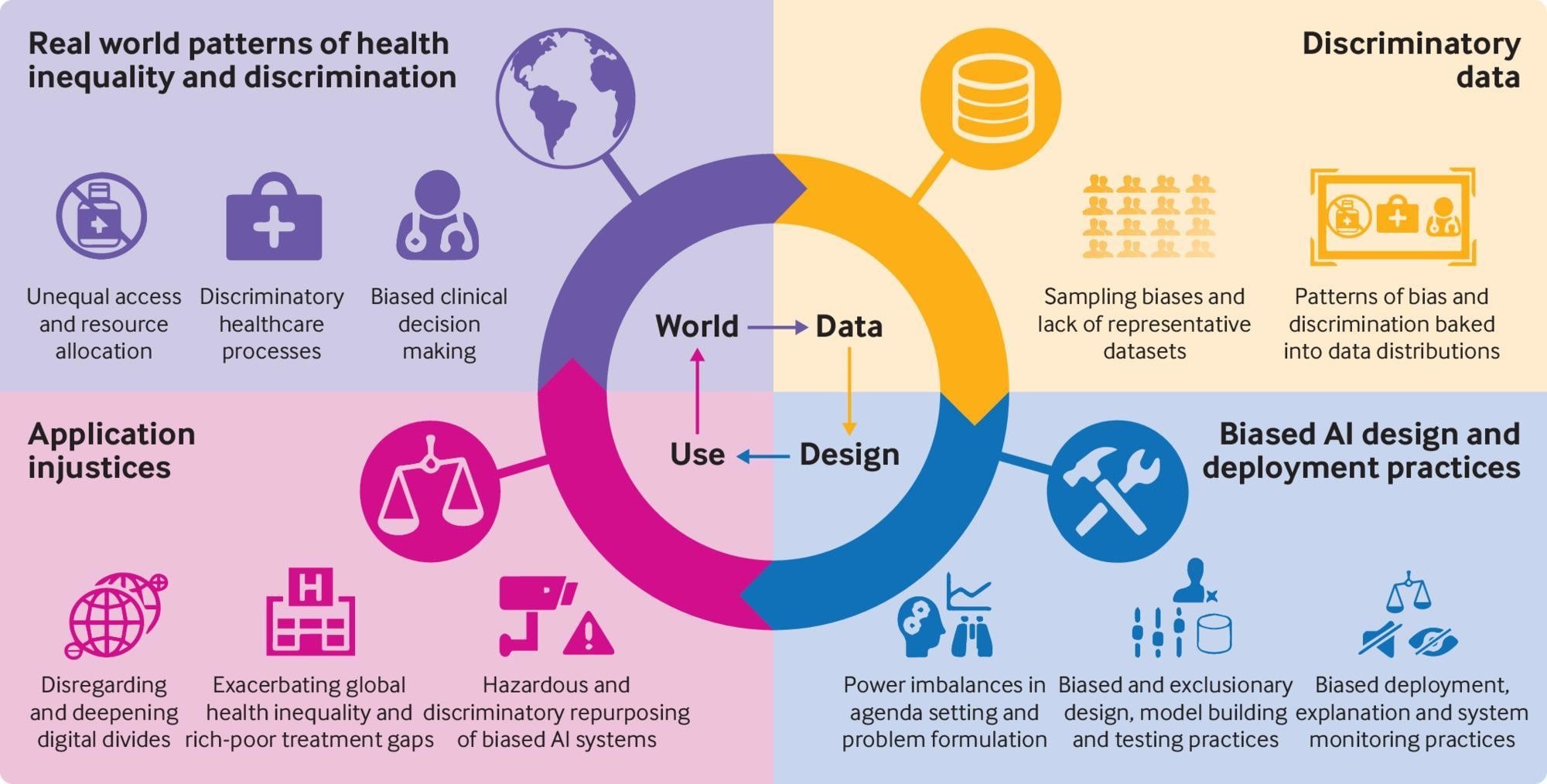Based on the information from sources across the world, here are the top 10 interesting issues in environmental sustainability that are problems for society and the environment:
- Climate Change: A pressing issue impacting the world with rising global temperatures and extreme weather events.
- Natural Resource Use: The challenge of sustainable use of natural resources to prevent depletion and environmental degradation.
- Waste Production: Managing waste production and disposal to reduce environmental pollution and promote recycling.
- Water Pollution: Addressing water pollution to ensure clean and safe water sources for human consumption and ecosystem health.
- Deforestation: The loss of forests and its impact on biodiversity, climate regulation, and ecosystem services.
- Overfishing: Unsustainable fishing practices leading to the depletion of marine resources and disruption of aquatic ecosystems.
- Ocean Pollution: Protecting oceans from pollution, plastic waste, and other harmful substances to preserve marine life and ecosystems.
- Energy Transition and Renewables: Transitioning to cleaner and renewable energy sources to reduce greenhouse gas emissions and combat climate change.
- Sustainable Food Production & Demand: Promoting sustainable farming practices, reducing food waste, and ensuring food security for a growing global population.
- Decreasing Biodiversity: Addressing the loss of biodiversity caused by habitat destruction, pollution, climate change, and overexploitation to maintain ecosystem resilience and services.
- Ocean Acidification: Ocean absorbs almost a third of the carbon dioxide released into the world. Increased carbon emissions can also impact water quality, altering the pH of the ocean itself. The National Oceanic and Atmospheric Administration has noted that the past 200 years has seen “approximately a 30 percent increase in [ocean] acidity,” which directly impacts so-called “shell building” creatures. Studies have linked reef bleaching, reef death, mollusk death, and ecosystem disturbance to this increasing acidification.


















